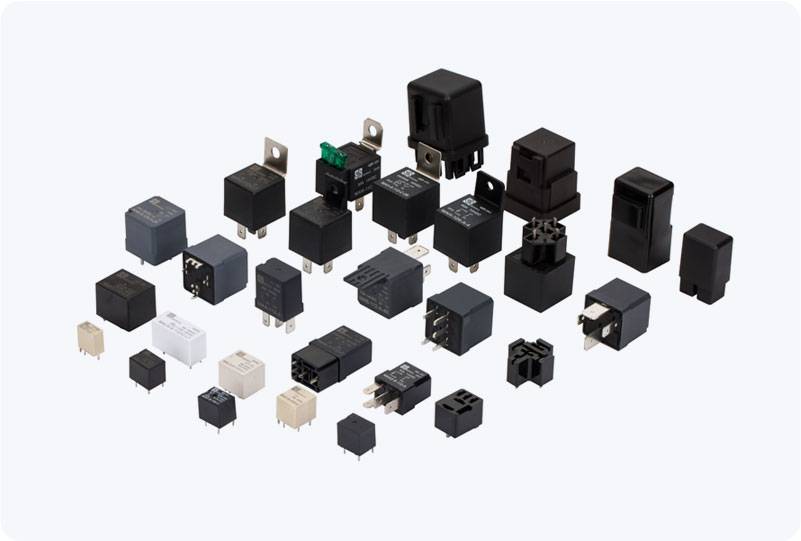Precharge relays play a critical role in various power electronic systems, including electric vehicles (EVs), renewable energy systems, and industrial machinery. These relays are essential for safely charging capacitors before they are connected to a power source, preventing potential damage caused by inrush currents. This article explores the importance of precharge relays, their working principles, and their applications in modern power systems.

What is a Precharge Relay? A precharge relay is a switching device used to control the flow of current to capacitors in power electronic circuits. The primary function of a precharge relay is to slowly charge capacitors to the desired voltage level before the main power circuit is activated. This process is crucial because, without precharging, the rapid charging of capacitors could lead to high inrush currents, causing damage to components and reducing the system’s overall lifespan. Working Principle The precharge relay operates in conjunction with other components, such as resistors and control circuitry, to manage the precharge process. The relay typically consists of two stages: the precharge stage and the main power stage. In the precharge stage, the relay closes a low-resistance path to charge the capacitors at a controlled rate, often using a current-limiting resistor. This ensures that the capacitors are gradually charged without causing excessive current flow.
Leave a Reply